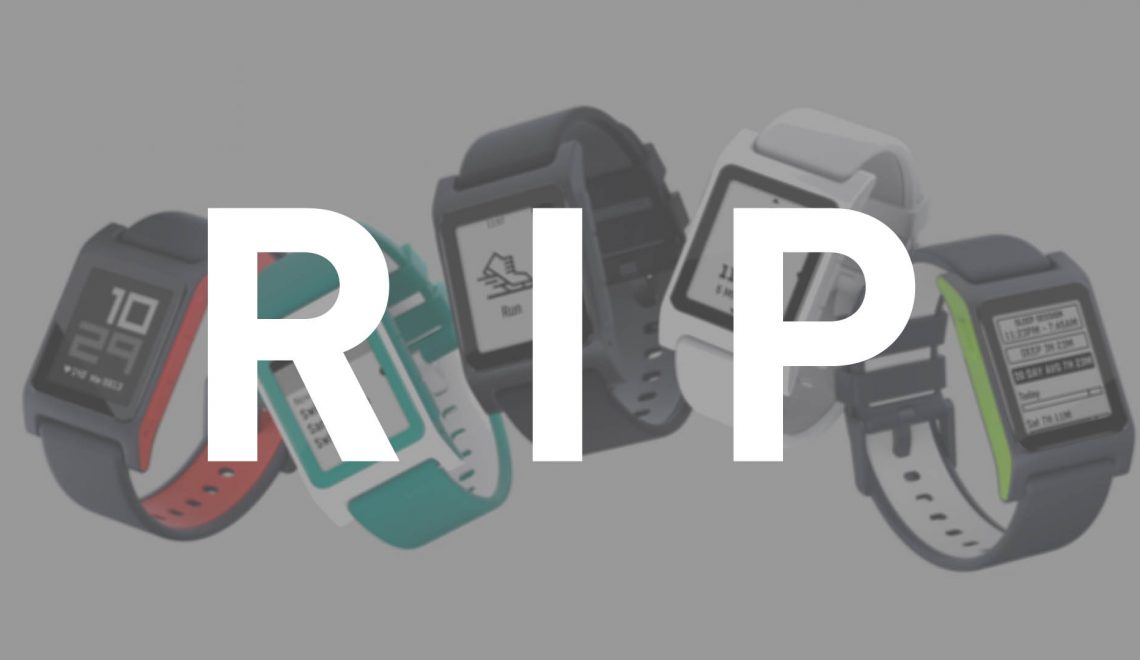Underneath the surface of almost every Android Wear smartwatch lies a Qualcomm chip. To be more specific, a Qualcomm Snapdragon 400. The venerable chip has seen several refinements over the years, but the base design is practically unchanged. When the Snapdragon 400 hit the market 3 years ago it was mainly designed for mobile phones – smartwatches barely existed so it had to be adapted for smartwatch use. With advances in chip design, and a different use case than originally intended, the world’s largest mobile chip producer has finally unveiled the successor to the 400 series chip. The new mobile processor is named Snapdragon Wear 2100 and, as shown by the name, is designed for wearables and smartwatches.
To make the chip more appropriate for a wearable device, Qualcomm has improved 4 specific aspects of the chip. First is power; the new Wear 2100 uses 25% less power than its predecessor. Second is size; Qualcomm has managed to shrink the new chip 30% compared to the Snapdragon 400. Third is sensor integration; the new processor features an integrated ultra low-power sensor hub which supports richer algorithms with greater accuracy (i.e. better and more accurate tracking). Fourth is connectivity; wearables need to connect and the new Wear 2100 features integrated low-power Wi-Fi and Bluetooth in addition to an improved 4G LTE modem.
While this all sounds like marketing hubbub and tech gibberish, the new Qualcomm Snapdragon Wear 2100 SoC could have a huge effect on the future of wearables. For smartwatches and wearables to be successful they need to continue to get smaller, more power efficient, and have more integrated services. The Wear 2100 delivers on this, especially when compared to the previous Snapdragon 400. These improvements will result in sleeker, better designed smartwatches and perhaps even in wearable devices that haven’t been thought of yet. The more designers are freed from the constraints of clunky batteries and large inefficient chips, the more imaginative they can be with future generations of devices.




